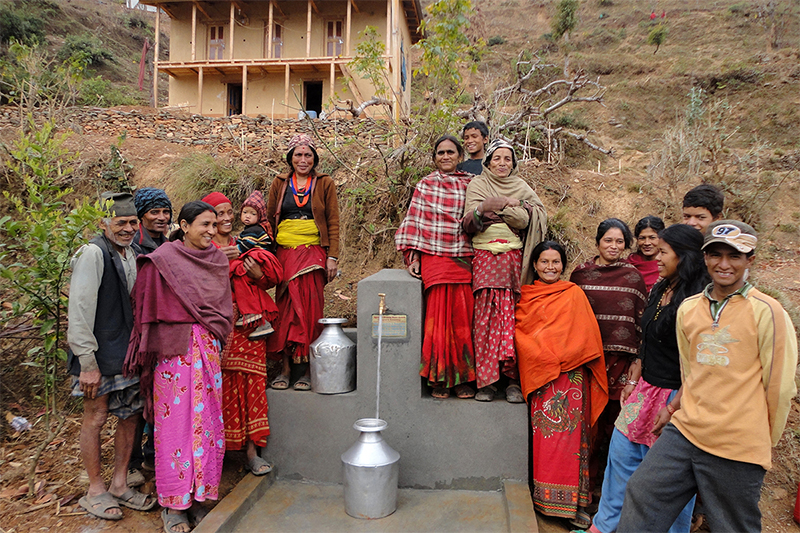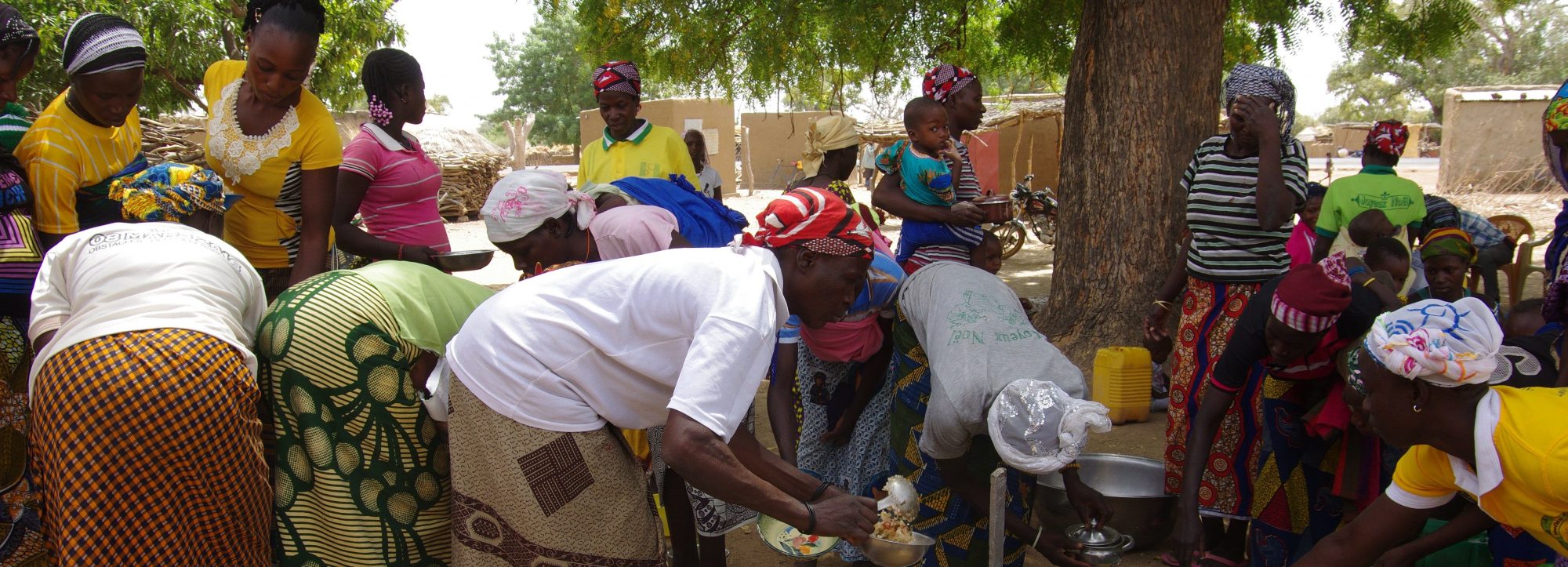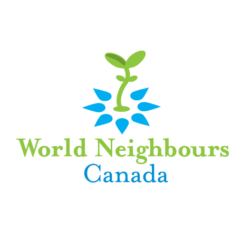Nepal: Ramechhap Water & Sanitation Program
Partner: Tamakoshi Sewa Samiti (TSS)

Changes and Challenges in Nepal
It is said that change is inevitable and in Nepal there is certainly constant change. World Neighbours Canada and our local partner Tamakoshi Sewa Samiti (TSS) face constant challenges with political, economic, pandemic-related and climatic changes.
On the political side, Nepal has struggled to have an effective government since changing to a parliamentary system. The party system is complex, with more than a dozen parties and many independent candidates. Coalition governments are the norm, with frequently shifting alliances.
Natural and manmade disasters have been challenging in Nepal. The economy was still struggling to recover from the devastating earthquakes of 2015 when it was hit with the unprecedented situation of the COVID pandemic in 2020. Like most developing countries the lack of an adequate health care system, especially in rural areas, was challenged to provide the treatment, testing, vaccination, and social welfare support for Nepal’s 30 million people. Although the recovery rate was 98.8%, 12,952 deaths were reported by the end of 2022.
Because of numerous lockdowns and partial lockdowns, many businesses were forced to close. Multiple sectors such as tourism, health, education, transportation, agriculture, and forestry were hard hit leading to high unemployment. Migrant workers returned home to Nepal when they were allowed to, and remittances decreased. Overall GDP decreased and foreign exchange reserves dwindled, forcing some imports to be temporarily banned.
Economic Stressors
Agriculture accounts for nearly a third of GDP and 65% of employment in Nepal. Subsistence agriculture was less affected by the pandemic than large scale commercial agriculture and proved to be more adaptable. Nevertheless, rural populations suffered without adequate health care and social welfare support.
Current economic stressors brought on by the Ukraine/Russia war, decreased exports and imports following the pandemic, and rising inflation have seen GDP fall even further. Government deficits have risen and continue to be a two-decade trend. On the positive side, remittances from migrant workers, which accounted for 9.1 % of GDP pre-pandemic, have risen to 13% post pandemic. Unfortunately, it is estimated that a million Nepalis left for employment over the last three years. Tourism should also return to the pre-pandemic level of 3% of GDP.
Climate Change
Perhaps the most serious challenge facing Nepal is climate change. Nepal is ranked fourth in the world in rankings of most vulnerable to climate change. Nepal has seen long drought spells during monsoon season, unusually heavy rains during summer season, and increased temperatures rising faster than the global average. Glacial melting is accelerating and if current trends continue it is estimated that two-thirds of the glaciers in Nepal will be gone by 2100. Flash floods, landslides, and glacial lake outbursts causing catastrophic events are predicted to increase in frequency. Water issues will arise with traditional sources being unreliable or drying up completely. Some communities will be forced to relocate, and farming activities will have to adapt.
These changes will present challenges to some Ramechhap district communities. With World Neighbours philosophy of “neighbours helping neighbours” we anticipate continued need to support these communities in the future.
Partner Website: Click here to visit the Tamakoshi Sewa Samiti (TSS) Program Website

